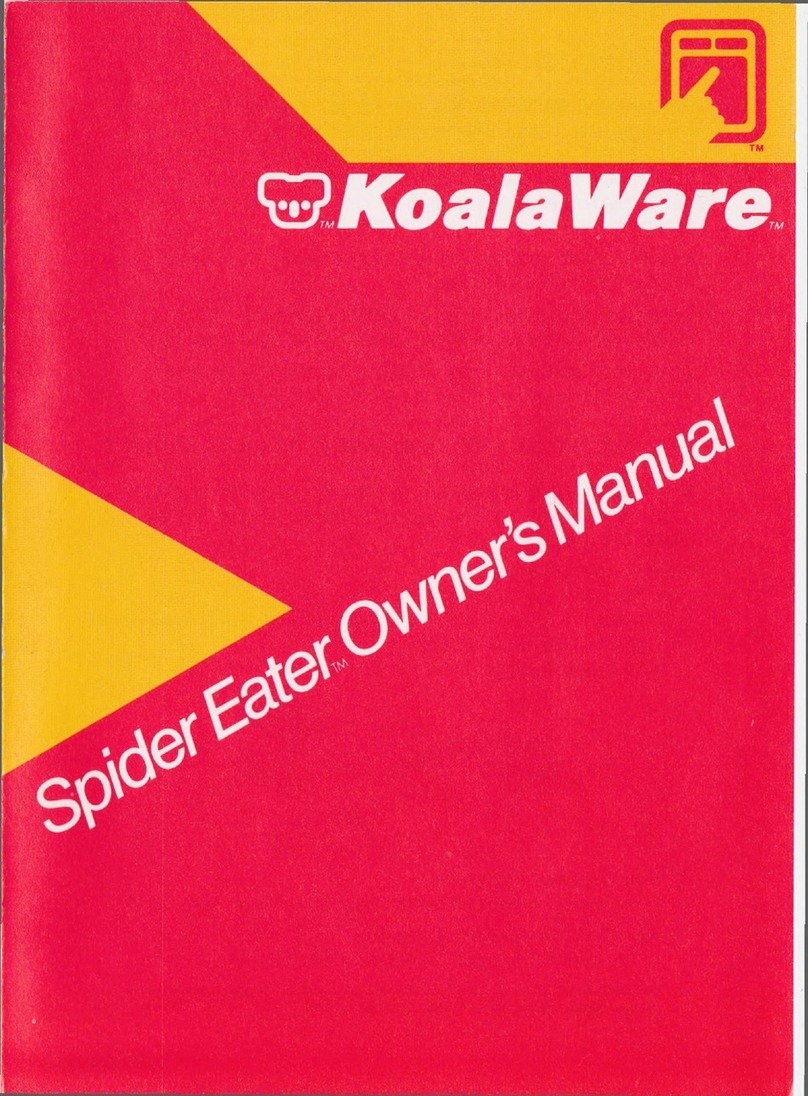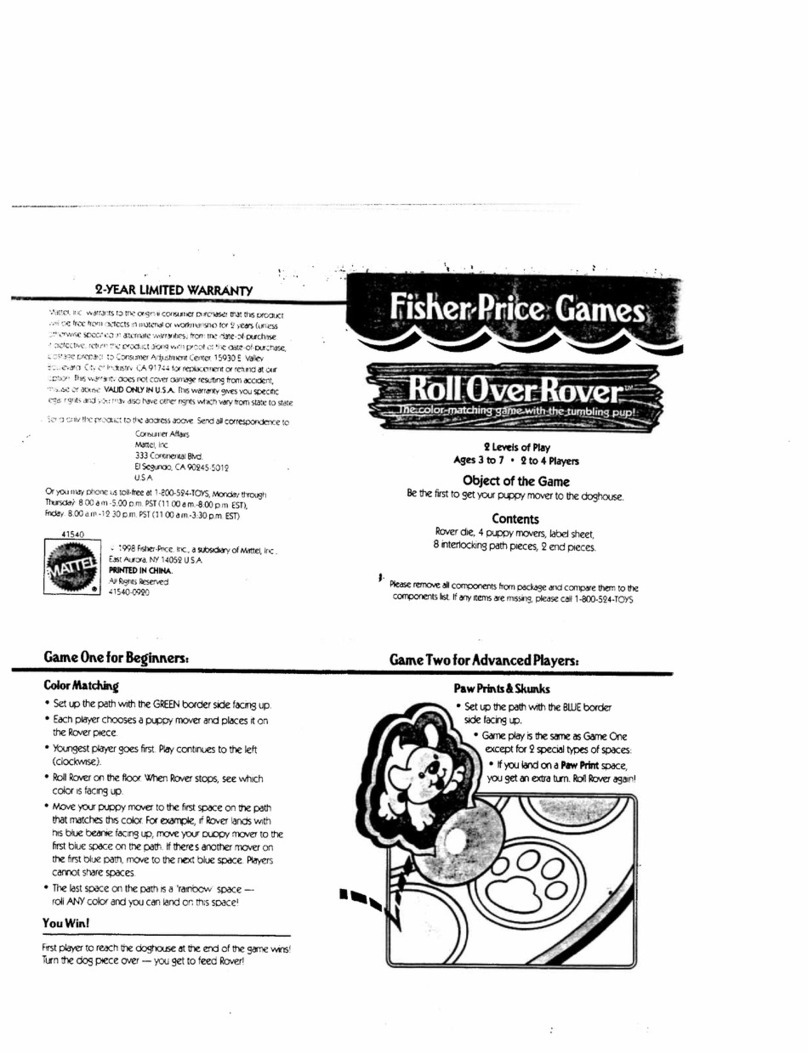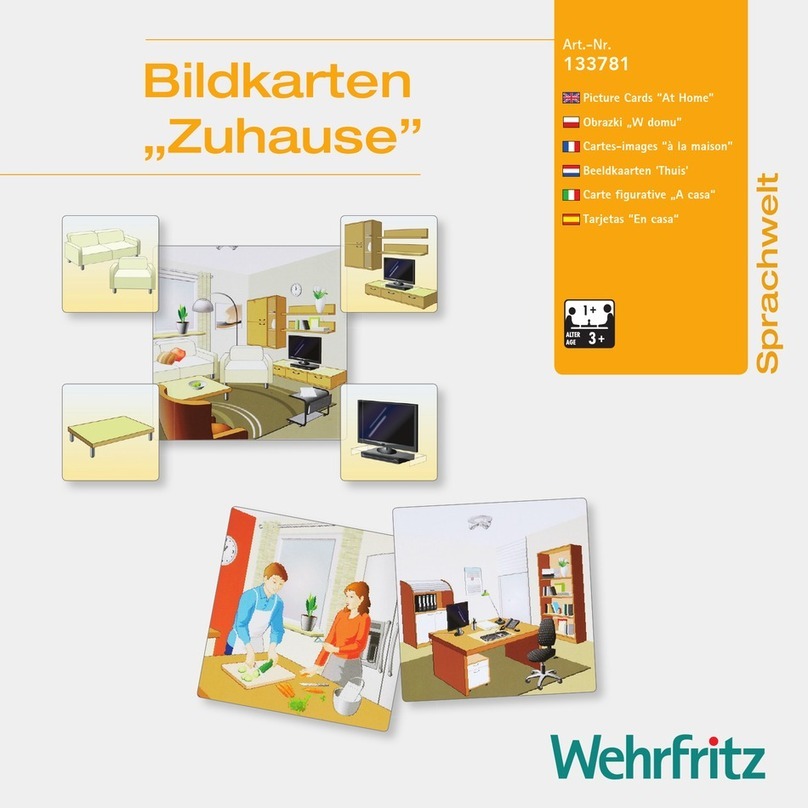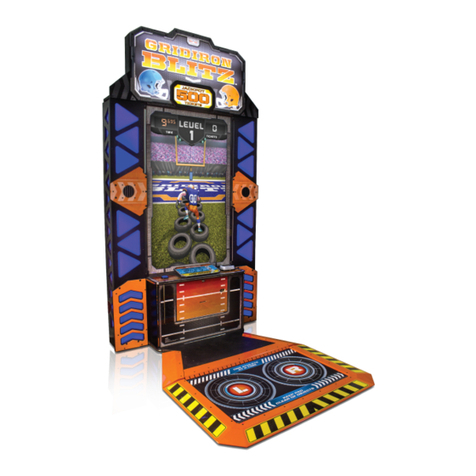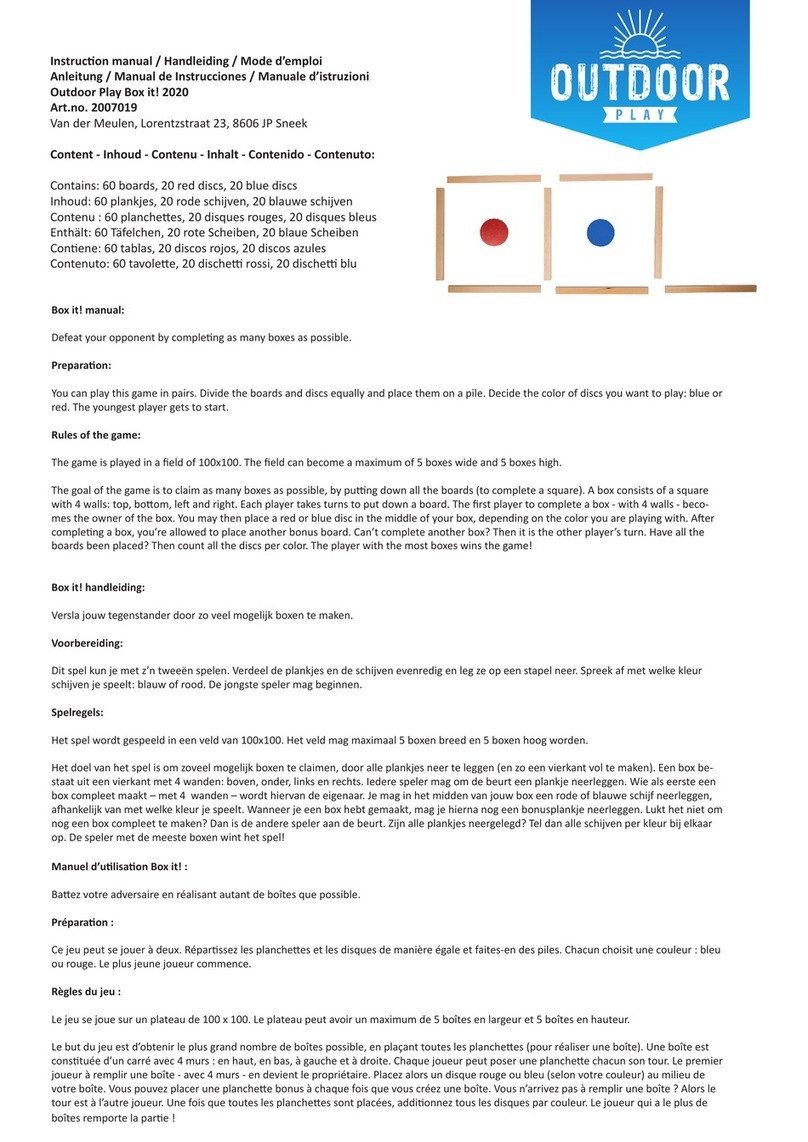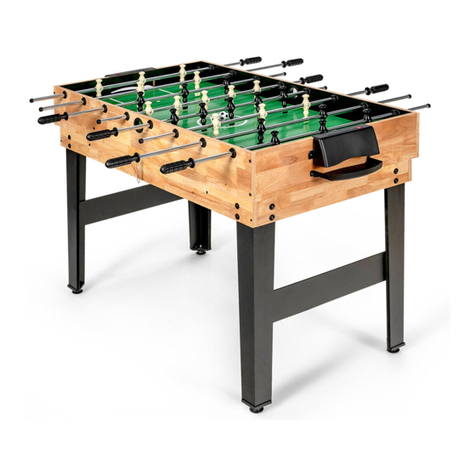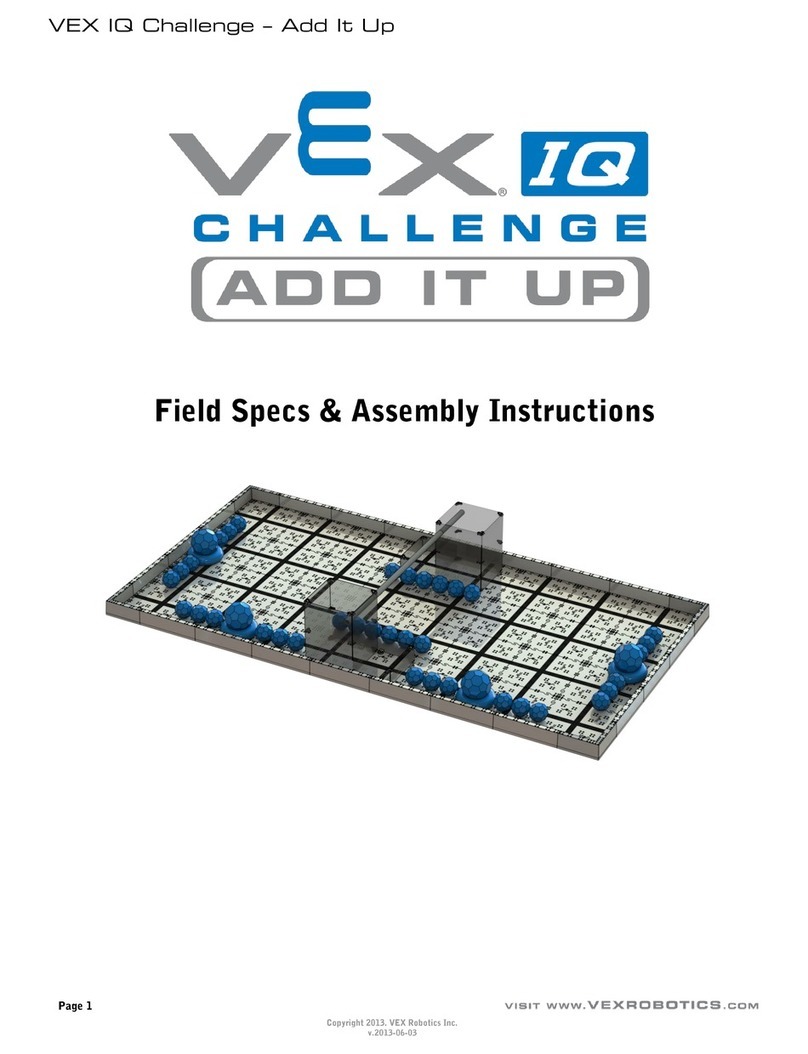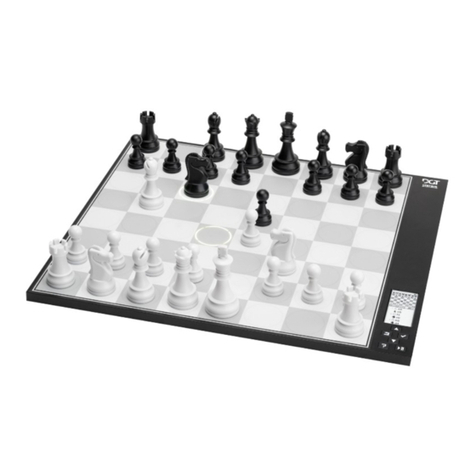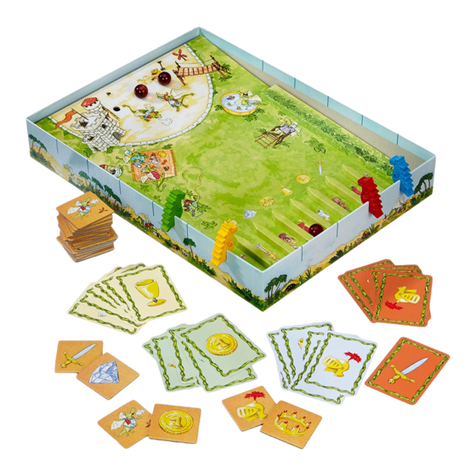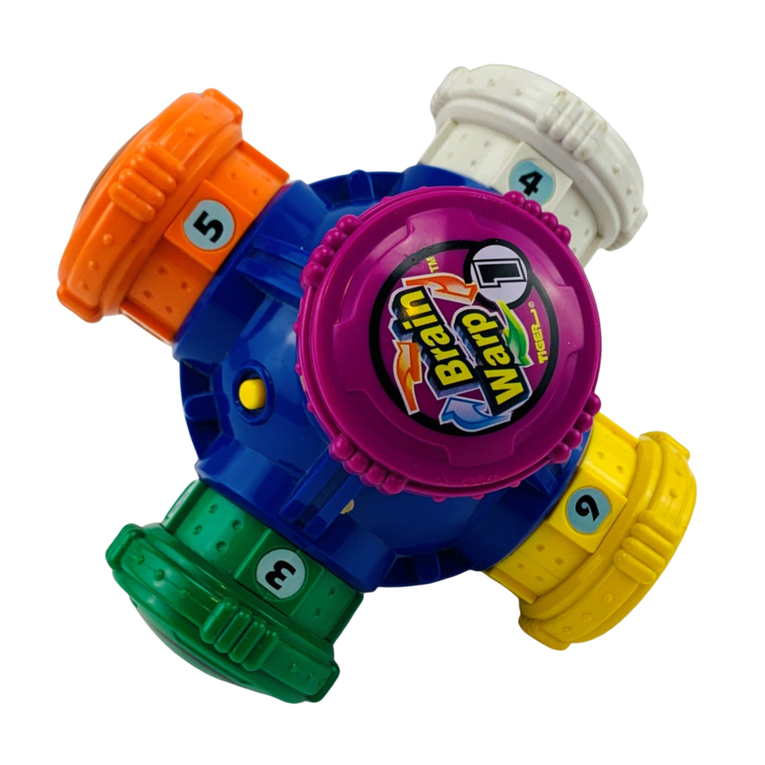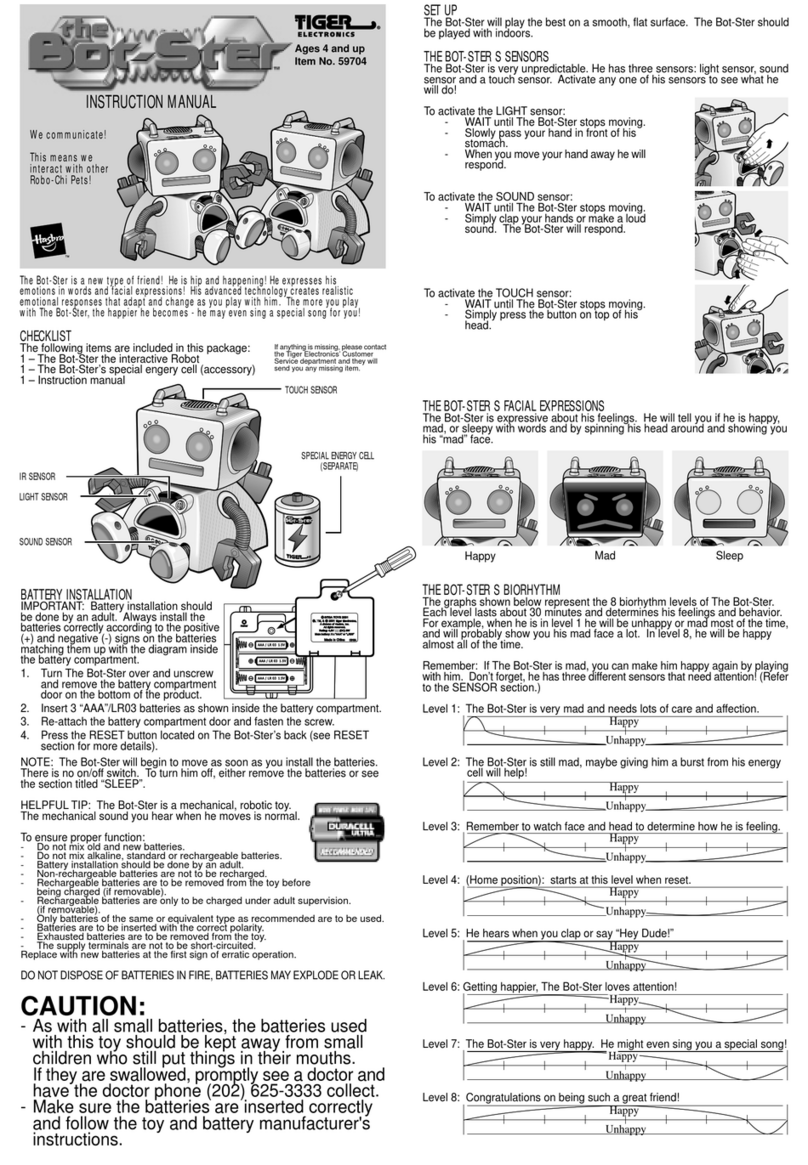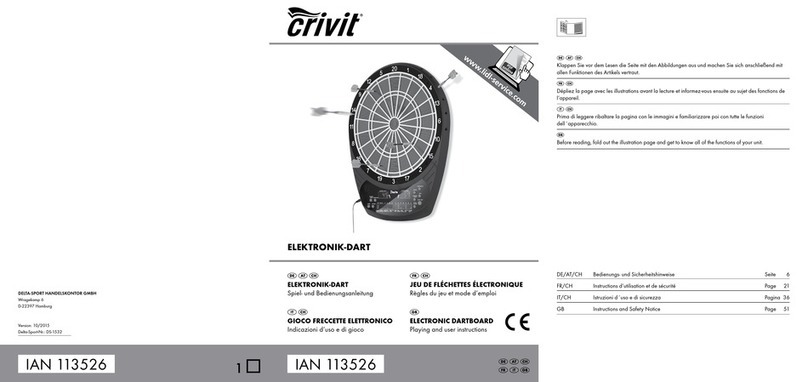
10
The Treasurer
A tricky memory game
5 years
Players: 2 - 3
Duration: approx. 5 - 10 min.
You will need: gemstone fragments, template cards
The King is happy with this hard-working children. He promised a reward to
the first child to put together a treasure. But the gemstone fragments are
scattered all over the place! It really is no easy task for the children! Which
child will earn the reward?
The aim of the game
is to remember the positions of the gemstone fragments,
find the matching ones and be the first to put together your treasure.
Setting up the game:
Mix the gemstone fragments well and arrange them face-down in a grid.
Mix the template cards and stack them face-down.
How the game works:
The players take their turn in a clockwise direction. Every child takes a card
from the stack and places it face-up in front of him or her: That is the
treasure that he or she has to put together. The youngest player begins. He
or she uncovers 1 gemstone fragment and compares it with his or her
template. Does the gemstone fragment match?
• Yes, it matches! The child keeps the fragment and places it on or next to
his or her treasure template in the right position
• No. That’s a pity! The child turns over the fragment in the same place.
Then it is the turn of the next child, who turns over 1 gemstone fragment.
How the game ends:
The game ends as soon as a child has made a complete copy of his or her
treasure template. This child is the winner and can call him or herself the
“royal treasurer”. But what reward will he or she get from the King?
Did the game end too quickly?
Then, play as described above, but when a child has completed his or her
template, he or she puts the 3 gemstone templates back into the middle of
the table, face-down, without mixing the fragments that are already lying
out. The player gets to keep the template as a “point” and takes a new
template from the stack. The winner is the first child to be able to collect 3
“points”!
Variation for pro-treasurers:
6 years +
Play as described above, but with the templates face-down. Once every child
has taken their template, he or she takes a moment to memorise it and then
places it face-down in front of him or her. The gemstone fragments that
have been found are also placed face-down next to the template.
The child only turns over the template and fragment when the treasure
template is complete. Before the game begins, the players all agree whether
the children can look under their templates during the game and whether
the game will end after 1, 2 or 3 rounds.
Game idea 2
G-070926-funkelschatz-spielanleitung.indd 10 27.10.17 13:49

